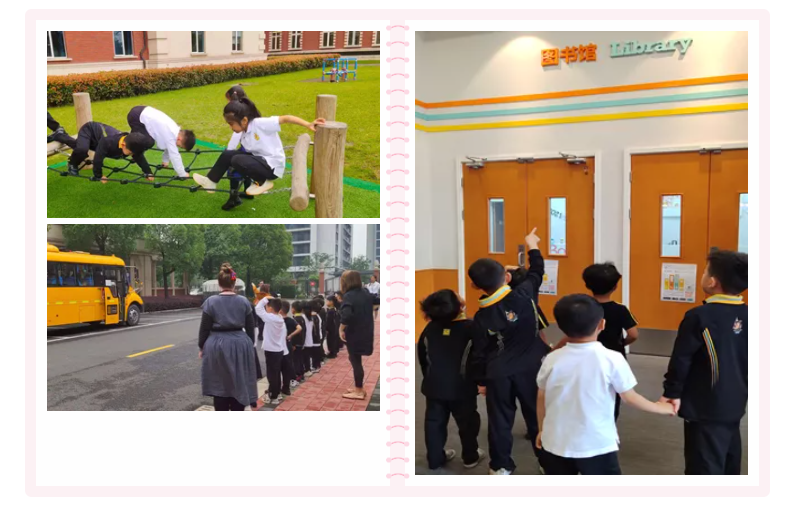

Parents often ask questions,
- Why does my child always cry when they encounter difficulties?
- Why does my child not understand what I want them to do?
- I am worried that they are not willing to share with others.
- My child cannot leave me for a moment. Every time I walk away for a few minutes, they start looking for me.
......
Individual development is a learning curve we all must navigate. It is normal as educators and parents to find things difficult, and we should tell ourselves and our children, ‘it is OK to fail’. If we have courage and confidence, we can overcome any challenges.
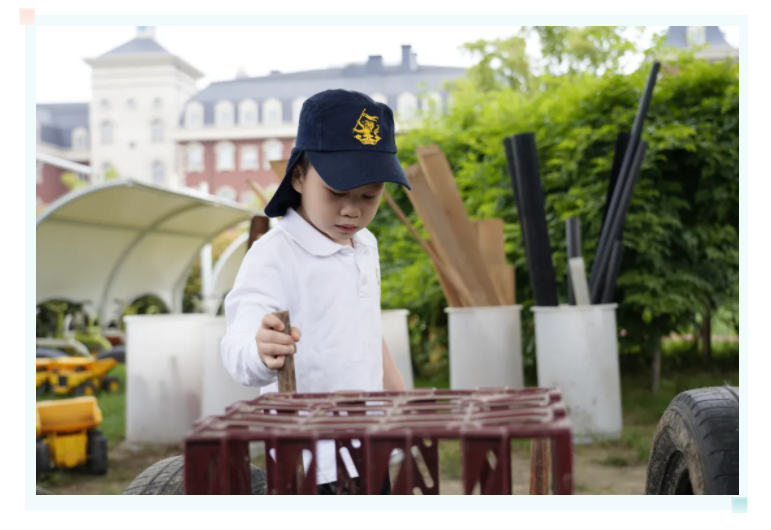
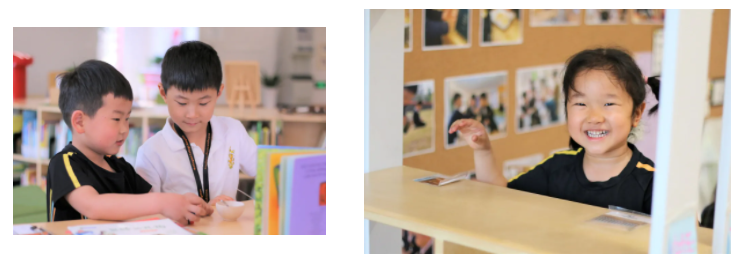
Here are some tips that we can use in our daily observation, which can help us to discover the individual needs of a child:
1. Observational narrative
Observing the actions and language of a child can be done, preferably without disrupting the child as they play, learn and discover. Things that you notice or discover when observing your child can be shared with teachers and any concerns discussed and we can work together to overcome challenges.
2. Understanding development stages
It is important that our expectations of our children are high but also in line with the developmental stage the child is working at. For example, we can not expect a 3 year old to be writing many sentences – there are stages that they need to achieve before this. If you have questions around this, you can highlight what you have seen and discuss with the class teacher on next steps for each individual child.
3. Recording a moment
If you have any concerns or want to capture a certain type of moment or behaviour, we can use photographs and videos to capture learning behaviours. These can then be watched afterwards and discussed to highlight next steps for a child or to help them overcome something they might find difficult.
Parents and educators can work together to support the child and ensure that the environment is conducive to a wonderful learning experience for them. Observe your child to identify challenges and next steps and share this with the class teacher or to support questions you may have about your child’s development.

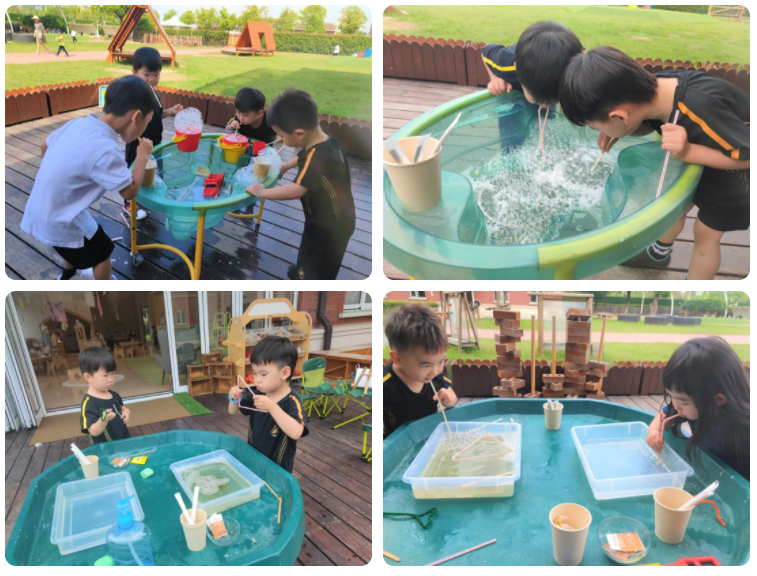
For EY1B children, it was time for their long-awaited pyjama party. This week, we set up new resources in the outdoor exploration area. Children explored how to make bubble water, how to blow bubbles. This will be showcased at the pyjama party. Children are potential learning explorers. They guessed that the amount of different materials will affect the number of bubbles. They constantly increased the amount of different materials and carefully observed the changes of bubbles; children also had their own unique ideas, in the tray, they could blow out bubbles, in the paper cup, they could make bubble ice cream. Next, the children will be challenged to explore how to make bubbles that can blow into the sky, as our exploration continues......

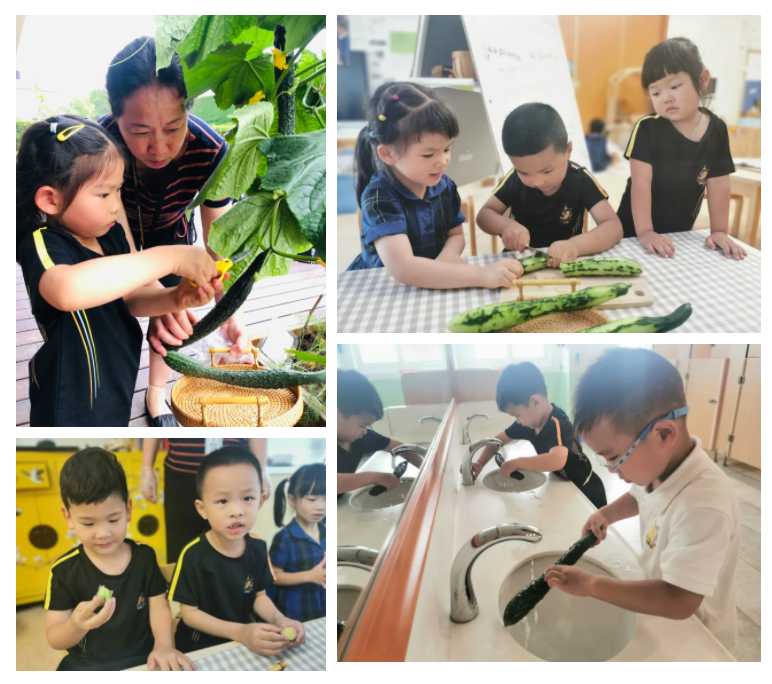
After a series of challenges such as seed selection, deworming, composting, erecting stents and fences, the children of EY2B ushered in the first bumper harvest in the planting field. An exploratory journey about food. How do you make delicious cucumber delicacies? With the help of teachers, the little explorers used the internet to find answers by searching keywords and verifying them. In Huili Nursery, we encourage children to feel and use common materials and tools in daily life during the study process to get a real experience. The sweet sugar cucumber melted into every child's mouth. At the same time, they are discussing and voting on the location of the fruit and vegetable party, let us wait and see.
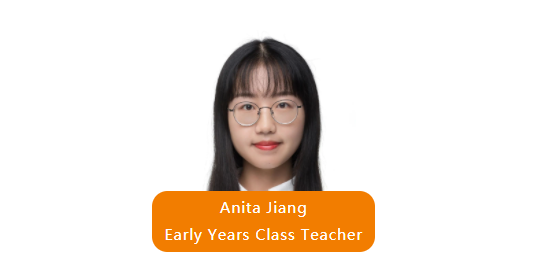
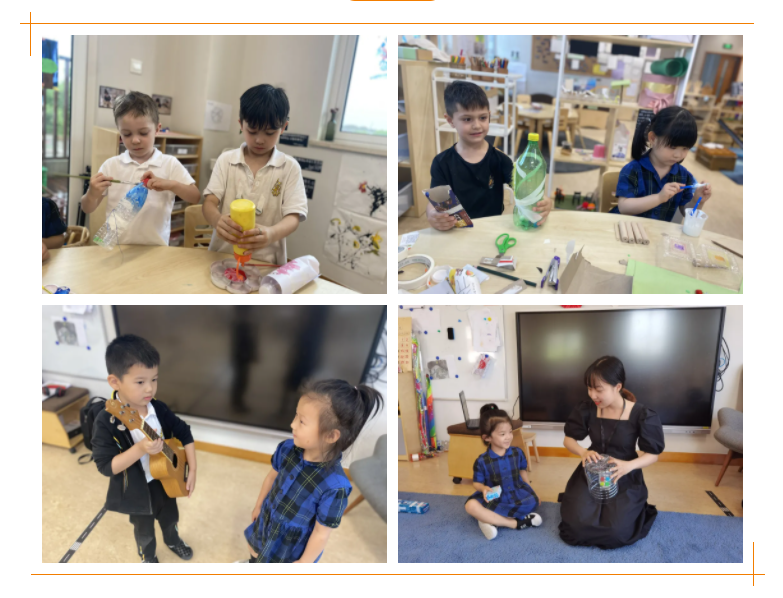
During music classes, children always dance to the rhythm and melody of the music contently, using a variety of instruments and movements to express their responses to different pieces of music. During this year, they have learned to chant a range of repertoire and learn about different musical expressions.
Recently, our children have taken an interest in homemade instruments. Children are natural musicians. They have made their own rattle, ukulele, castanets, and sand hammers. They are also natural artists, embellishing their instruments with exquisite drawings and lines. In this week's music class, they danced and played their instruments with great enthusiasm, imitating the footsteps of different animals, slow and fast, high and low. Music and laughter mixed together, that is the truth of happiness.

